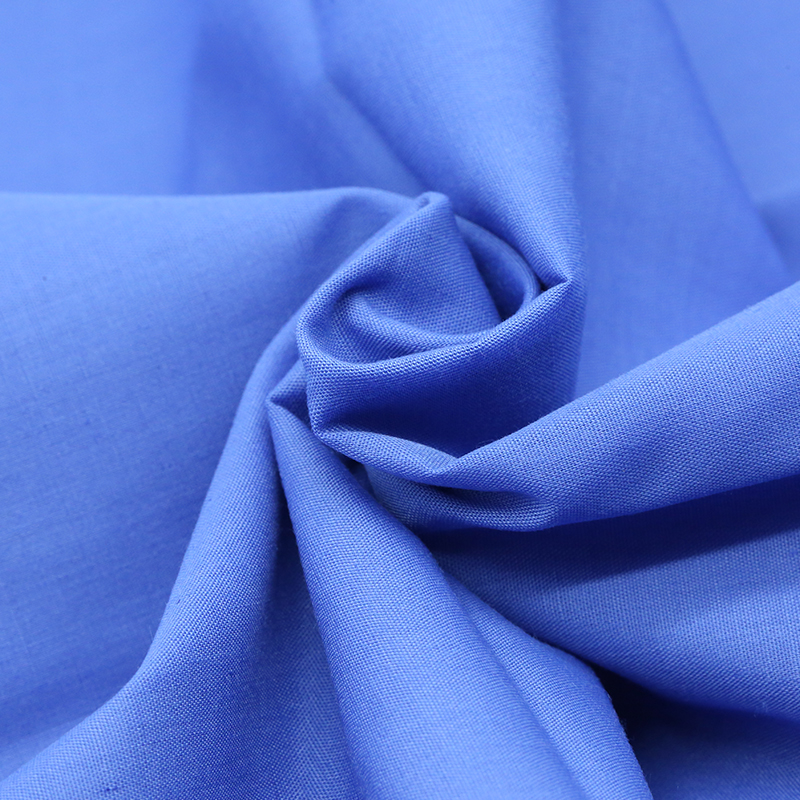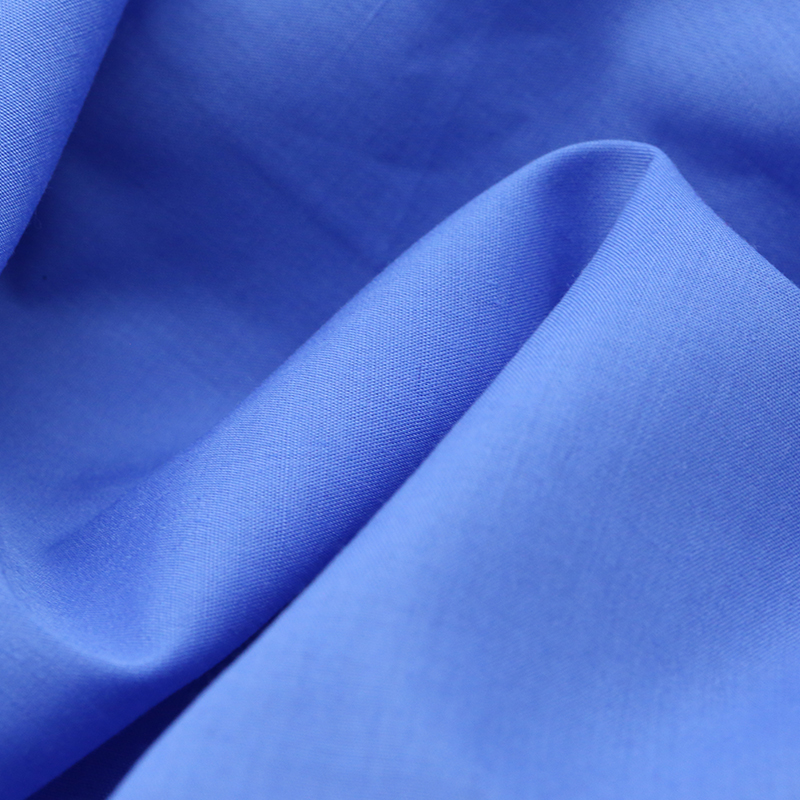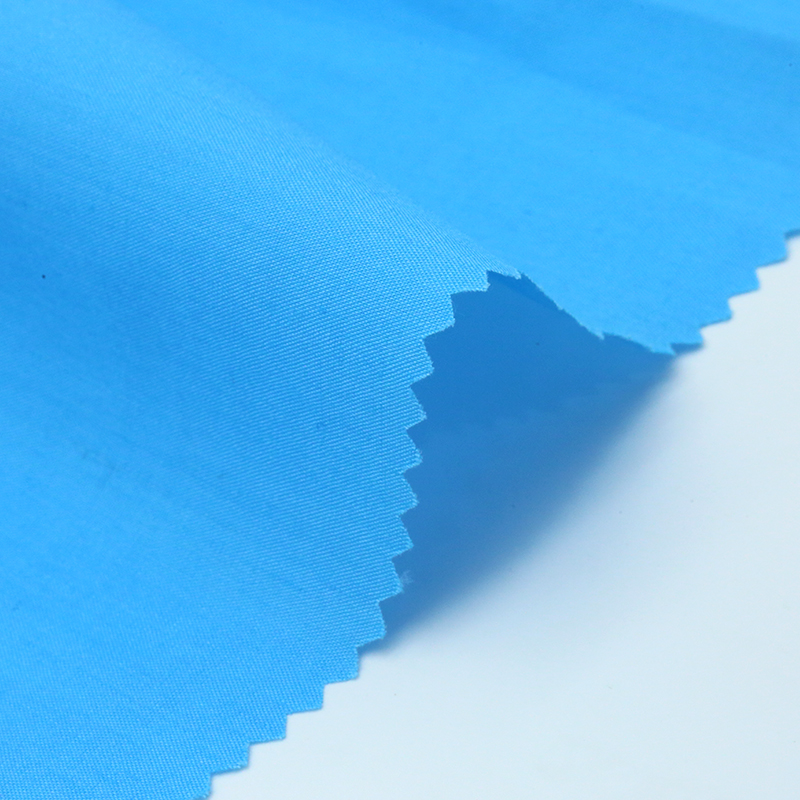Premium Medical Non Woven Fabric - Hygienic & Durable Solutions
Premium Medical Grade Fabric Solution
T/C Polyester Cotton Blend Medical Fabric
Specifically engineered for healthcare environments, our antibacterial medical non woven fabric provides superior protection and comfort. Ideal for hospital gowns, nurse uniforms, and doctor scrubs.
View Product SpecificationsIndustry Evolution of Medical Nonwovens
The global market for medical non woven materials has experienced exponential growth, projected to reach $26.8 billion by 2027 according to Global Market Insights. This surge is driven by increased hygiene awareness, pandemic preparedness, and innovations in textile engineering. Medical non woven fabric has revolutionized healthcare textiles by offering superior barrier protection compared to traditional woven materials.
Specialized medical pattern fabric designs now incorporate fluid-resistant technology and antimicrobial treatments. The versatility of medical textile materials has expanded into new areas including surgical drapes, wound dressings, and implantables. A key advancement is the development of composite fabrics combining nonwovens with films or meshes to achieve specific performance characteristics.
Critical Technical Parameters
Performance characteristics of medical webbing and nonwovens vary significantly based on composition and manufacturing process:
| Parameter | Standard Range | Test Method | Clinical Importance |
|---|---|---|---|
| Basis Weight (gsm) | 25-120 g/m² | ISO 536 | Determines barrier strength and drape |
| Tensile Strength (MD/CD) | 30-80 N/5cm | ISO 1924 | Structural integrity during use |
| Hydrostatic Pressure | 20-90 cm H₂O | AATCC 127 | Liquid barrier protection |
| Air Permeability | 50-500 L/m²/s | ISO 9237 | Comfort vs. barrier trade-off |
| Bacterial Filtration | >95% efficiency | ASTM F2101 | Infection control capability |
| Antimicrobial Activity | >99% reduction | AATCC 100 | Prevention of pathogen growth |
| Linting Properties | IST 100.1 | Surgical environment contamination |



Performance Metrics Analysis
Advanced Applications in Healthcare
The evolution of medical wicking fabric has enabled moisture management systems in patient garments and bedding. Modern nonwovens rapidly transport moisture away from skin, reducing the risk of skin breakdown and hospital-acquired pressure injuries. This technical advancement in medical textile materials directly contributes to patient outcomes and comfort.
Specialized medical upholstery fabric applications present unique technical requirements beyond infection control. Furniture textiles in healthcare environments must withstand repeated cleaning with industrial disinfectants while maintaining structural integrity. We've developed fabric systems with barrier backings that prevent fluid penetration to foam substrates where pathogens can proliferate.
New innovations include smart textiles incorporating conductive fibers that monitor patient vital signs through garments, and phase-change materials that regulate microclimate temperatures. The emergence of nanofiber technology has created ultra-lightweight fabrics with exceptional barrier properties suitable for high-risk isolation scenarios.
Manufacturing Process Expertise
Shijiazhuang Jiexiang employs four distinct production methods for medical non woven applications:
- Spunbond Technology: Creates continuous filaments for high strength applications where durability is critical.
- Meltblown Process: Produces microfibers for exceptional barrier properties in isolation gowns.
- SMS (Spunbond-Meltblown-Spunbond): Combines barrier performance and durability in surgical fabrics.
- Hydroentanglement: Provides cloth-like softness without chemical binders for sensitive skin applications.
Our proprietary felt needling kit process creates reinforced composite materials suitable for orthopedic applications requiring both cushioning and moisture control. The precision engineering of our fabrics follows ISO 13485 medical device quality system requirements, with validated sterilization compatibility including gamma radiation, ethylene oxide, and steam autoclave methods.
Technical Questions & Answers
What sterilization methods are compatible with medical non woven fabrics?
Medical grade nonwovens are compatible with steam autoclaving (121-134°C), ethylene oxide gas, and gamma radiation sterilization. The sterilization method should be validated according to ISO 11135 and ISO 11137 standards depending on facility requirements. Autoclaving requires polypropylene-based fabrics with specialized coatings for moisture resistance.
How does the AAMI classification system define barrier protection levels?
The Association for the Advancement of Medical Instrumentation (AAMI) classifies protective apparel into four levels based on ASTM F2407 testing standards. Level 1 provides minimal risk (drapes) requiring 10cm hydrostatic pressure resistance. Level 4 surgical gowns require >100cm hydrostatic pressure and >99.9% viral penetration resistance for critical zones.
What are the clinical advantages of SMS fabric construction?
Spunbond-Meltblown-Spunbond (SMS) construction creates a trifunctional barrier with exceptional liquid resistance (meltblown layer) combined with strength and abrasion resistance (spunbond layers). This provides AAMI Level 3-4 protection at basis weights under 50gsm, significantly improving comfort and mobility for healthcare workers compared to earlier generation fabrics.
How does the EU Medical Device Regulation impact nonwoven selection?
MDR (EU) 2017/745 classifies medical fabrics based on duration of contact and invasiveness. Surgical drapes requiring protection of open wounds qualify as Class IIa devices requiring full technical documentation and quality management system certification. Manufacturers must validate biocompatibility per ISO 10993-5 cytotoxicity and ISO 10993-10 irritation/sensitization standards.
What is the significance of linting performance in surgical environments?
Low-linting fabrics are essential in surgical theaters where particulate contamination can interfere with wound healing and implant integration. High-performance surgical fabrics achieve linting values below 0.1 mg/dm² when tested according to IST 100.1 standards. This is achieved through advanced finishing processes without compromising mechanical properties.
How do we evaluate antimicrobial efficacy in medical fabrics?
Antibacterial performance is validated through standardized AATCC 100 (quantitative) and AATCC 147 (qualitative) methods against S. aureus and K. pneumoniae. Hospital-grade protection requires >99.9% bacterial reduction within 24 hours contact time. Permanent antimicrobial technologies use organosilicon compounds that provide durable protection through 50+ industrial laundering cycles.
What technical parameters differentiate medical wicking fabrics?
Advanced moisture management fabrics feature two distinct performance metrics: vertical wicking rate (>150mm/10min by DIN 53924 standard) and horizontal wicking area (>300mm²). Our proprietary hydrophilic treatments maintain moisture transfer performance through repeated sterilizations. Additionally, quick-dry properties show >80% moisture evaporation within 1 hour under controlled conditions.
Future Trends and Innovations
Next-generation medical nonwovens are incorporating sustainable materials including recycled PET fibers while meeting stringent medical performance standards. Research at Tufts University has demonstrated plant-based antimicrobial agents derived from algae extracts that potentially offer broader spectrum antibacterial activity while reducing environmental impact.
Integration of nanotechnology enables smart textile applications where sensors woven into nonwovens monitor vital signs during patient transport. The development of biodegradable surgical drapes and gowns addresses landfill waste concerns without compromising infection control requirements. As healthcare systems globally emphasize sustainability, manufacturers must balance technical performance with circular economy principles.
Industry research insights curated from peer-reviewed publications and global textile consortium findings:
1. "Advanced Textile Technologies for Infection Prevention" - Textile Horizons Research Journal. https://www.textileresearchjournal.com/medical-textiles-infection-control
2. Global Healthcare Textiles Association. "2023 Standards Update: Barrier Performance Metrics". https://www.ghta-standards.org/fabric-performance-classification
3. Infection Control Today. "Material Science Advancements in PPE Manufacturing". https://www.infectioncontroltoday.com/material-science-PPE-manufacturing
-
Hot Sale 180D CEY Crepe AirFlow Woven Fabric 100% PolyesterNewsNov.14,2025
-
Twill TR Fabric for Elastic Suits & Trousers, ShrinkproofNewsNov.14,2025
-
Grey Muslin Fabric — Soft, Durable, Bulk & Custom SizesNewsNov.14,2025
-
CEY Crepe Fabric, Plain Woven Airflow Polyester TextileNewsNov.14,2025
-
Wholesale Custom TR Fabric 80/20 Soft Arabic Thobe FabricNewsNov.14,2025
-
Polyester Cloth - Durable, Wrinkle-Resistant, Factory DirectNewsNov.05,2025
-
TR 80/20 Poly Viscose Twill Thobe & Suiting Fabric Easy-CareNewsNov.05,2025











